
Rachel is a young Nigerian woman who managed to escape from traffickers and agreed to meet with the Advocacy Project. I have borrowed her story from the Advocacy Project's website. Rachel was living in Benin City with her sister when she was approached by a man who asked if she would like to go abroad and earn money. After a long and roundabout route she arrived in Rome, where she met her pimp, named "Madam Agnes." She was shocked to learn that she was expected to earn $50,000 dollars from prostitution, or be denounced to the police as an illegal immigrant. At the going rate that would have meant sex with several partners a day for three years.
Rachel tried to escape, but to no avail. After three weeks on the streets, a client drove her to the patch of empty ground. After having sex with Rachel in his car, he told her to hand over all of her earnings from the day. She kept her earnings in a sock and gave him an empty purse. He started to curse and hit her, whereupon she managed to open the door and start running. He started the car and drove it right at her, knocking her down. Luckily he then drove off, because as she knows only too well, she could have been killed. Covered in blood and crying, Rachel then walked back to the corner where she worked. In retrospect, it seems amazing that she returned. It shows how totally cowed she had been by her experience and by the fearsome Madam Agnes.
Rachel was rescued by a group of modern Samaritans from the Catholic group Caritas, who patrol the streets of Rome every Wednesday in an attempt to check up on the prostitutes. They quickly realized that Rachel was sick and asked her to go to a hospital with them. At first Rachel refused: "I thought I would not be able to afford treatment." They insisted gently and told her that the treatment would be free. Even ensconced in a hospital bed, Rachel was reluctant to sleep, afraid of how Madam would react. The staff carried out medical tests, which presumably included a test for sexually transmitted diseases and even HIV-AIDS.
Rachel's five days in the hospital finally broke the grip of Madam Agnes. The Caritas group asked if Rachel wanted to return to Nigeria and offered to help. She was taken to a convent in Rome, where she stayed for several days with two other girls. She then went to the Nigerian embassy in Rome and to the office of the International Organization of Migration, to collect the necessary documents and ticket. In one final act of pure malice, Madam Agnes had phoned Rachel's family after she had escaped and told them that she had been killed. When Rachel returned home, alive and well, they were overjoyed. They were also bitterly angry-so angry, in fact, that they went in person to confront the brother of Agnes. He was living in Benin City and had arranged for the departure of their child two months earlier.
Rachel's story rings true for most Nigerians, and it is only one of thousands of stories just like it that radiate from all over the world.




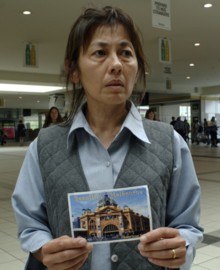
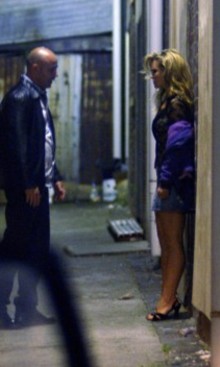
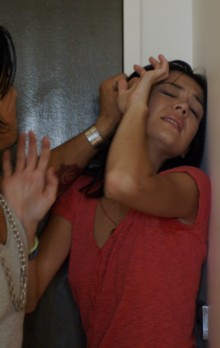
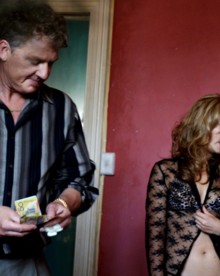
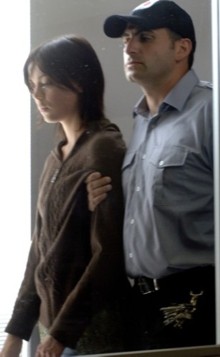
No comments:
Post a Comment